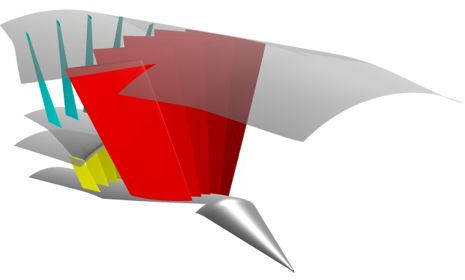The following sections of this chapter are:
Turbofan engine malfunctions characterized by flameout or rollback events have been previously reported by flight safety agencies. Recent studies have indicated that ice buildup can occur in a low pressure compressor in mixed phase environments, containing little or no droplets, but a large concentration of ice crystals.
Ice crystals penetrate the compressor core, where temperatures are substantially higher than the external ambient conditions. Ice crystals warm up and start to melt and stick to the surfaces and can eventually cause some ice build-up. The collection of ice can cause compressor vibrations, blockage of airflow leading to compressor surge. The aerodynamic forces acting on the ice can cause it to shed and damage components downstream. If shed ice reaches the combustor, it can cause an engine flameout.

Engine manufacturers must ensure that jet engines remain ice-free under all operating conditions. While the physics related to icing in jet engines are very complex, more sophisticated models are being developed to enhance the accuracy and predictability of icing simulations within turbomachines.
FENSAP-TURBO is a module that is specifically conceived to simulate in-flight icing effects in jet engines.


